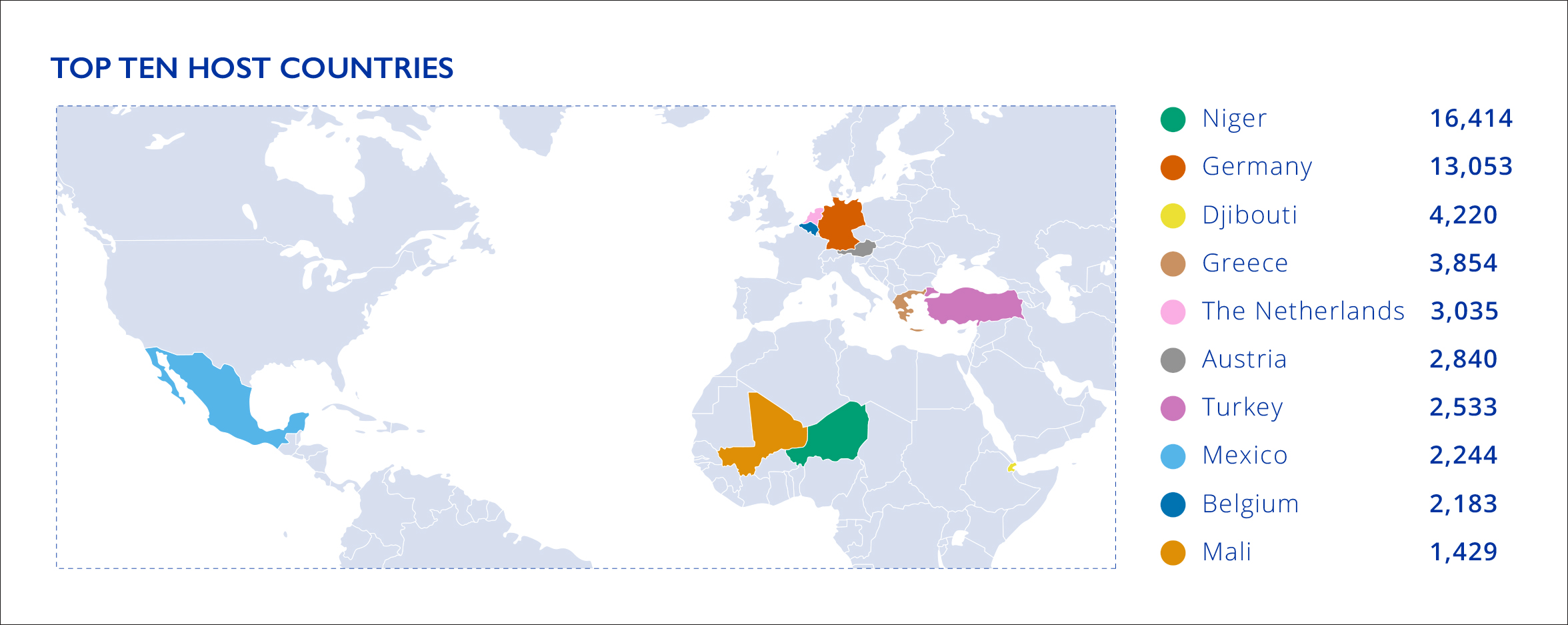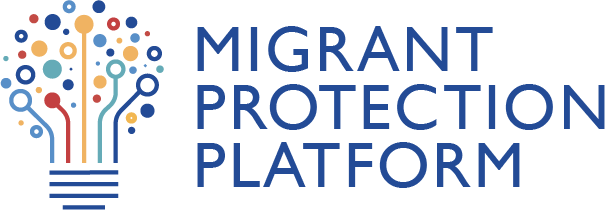IOM Releases 2019 Return and Reintegration Key Highlights

Today (07/07) the International Organization for Migration (IOM) is releasing Key Highlights from its Return and Reintegration programmes, including trends, figures as well as significant initiatives and efforts IOM has made to assist and reintegrate migrants returning voluntarily in 2019 to their countries of origin.
Last year, IOM assisted with the voluntary return of 64,958 migrants. While this number is slightly higher than that of 2018, it shows an ongoing decrease in voluntary returns from the European Economic Area (EEA) and Switzerland that began in previous years.
The figures point to an increase in assisted voluntary returns from regions outside the EEA and Switzerland, in particular West and Central Africa. For the first time since the inception of Assisted Voluntary Return and Reintegration (AVRR) programmes, Germany is no longer the main host country. In 2019 it was overtaken by Niger.
The report also presents Voluntary Humanitarian Return (VHR) figures. VHR, which is based on the AVRR approach, is provided to migrants in humanitarian contexts, in such countries as Libya and Yemen, where in 2019 over 15,000 migrants benefited from VHR assistance. VHR is a life-saving measure for migrants who are stranded or in detention.
To better reflect the work of the Organization in the field of sustainable reintegration, this year’s publication places greater emphasis on reintegration assistance, including for migrants whose return was organized by stakeholders other than IOM. Guided by IOM’s integrated approach to reintegration – which was implemented in 2019 with the launch of the Reintegration Handbook – IOM country offices worldwide promoted the sustainable reintegration of migrants through reintegration counselling as well as economic, social and psychosocial assistance at the individual, community and structural levels. In 2019, 112 IOM country offices in host or transit countries as well as in countries of origin provided 126,442 reintegration-assistance-related services.
“This publication reaffirms that 2019 was marked by a range of new initiatives in the field of return and reintegration, which shows that it remains a key topic in the national and international political agenda, ”said Yitna Getachew, Head of IOM’s Migrant Protection and Assistance Division.
“It is a great tool that not only highlights global trends in terms of voluntary return and reintegration assistance provided by IOM, but also the key initiatives the Organization is implementing to promote safe and dignified return, as well as sustainable reintegration.”
Of the nearly 65,000 migrants assisted in 2019, 44.6 per cent of AVRR beneficiaries returned within the same region. Migrants assisted to return within West and Central Africa alone accounted for 64.4 per cent of such flows, mainly due to increased assisted voluntary returns from Niger.
The other countries assisting large numbers of people to return home can be seen in the chart below.

Among those assisted to return voluntarily to their countries of origin, Ethiopians comprised the largest population in 2019, with 6,098 returnees, followed by Mali (5,576) and Guinea (4,458).

The 2019 Return and Reintegration Key Highlights is available in full here.
For more information please contact:
Noëlle Darbellay, IOM Geneva
Tel: +41 22 717 9562, Email: ndarbellay@iom.int

